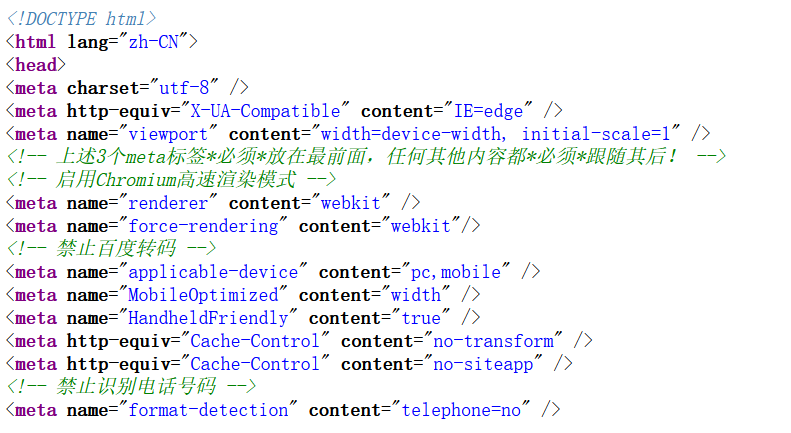
<!DOCTYPE html><html lang="zh-CN"><head><meta charset="utf-8" /><meta http-equiv="X-UA-Compatible" content="IE=edge" /><meta name="viewport" content="width=device-width, initial-scale=1" /><!-- 上述3个meta标签*必须*放在最前面,任何其他内容都*必须*跟随其后! --><!-- 启用Chromium高速渲染模式 --><meta name="renderer" content="webkit" /><meta name="force-rendering" content="webkit"/><!-- 禁止百度转码 --><meta name="applicable-device" content="pc,mobile" /><meta name="MobileOptimized" content="width" /><meta name="HandheldFriendly" content="true" /><meta http-equiv="Cache-Control" content="no-transform" /><meta http-equiv="Cache-Control" content="no-siteapp" /><!-- 禁止识别电话号码 --><meta name="format-detection" content="telephone=no" /><link rel="shortcut icon" href="/favicon.ico?v=1.7.18" /><link href="/templets/new/style/common.css?v=1.7.18" rel="stylesheet" /><title>Python文件基本操作(入门必读) - C语言中文网</title><meta name="description" content="要知道,在变量、序列以及对象中存储的数据是暂时的,程序结束后就会丢失,如果想要长时间保存程序中的指定数据,最常用的方法是经其存储到磁盘文件中。Python 提供了内置的文件" /></head>

